
Certain movies achieve more than just financial success; they become blueprints for other filmmakers. These films – influencing everything from how stories are told to iconic visuals and character archetypes – have inspired countless remakes, variations, and tributes. Below are twenty films whose influence can still be seen in movies and TV shows today.
‘Seven Samurai’ (1954)
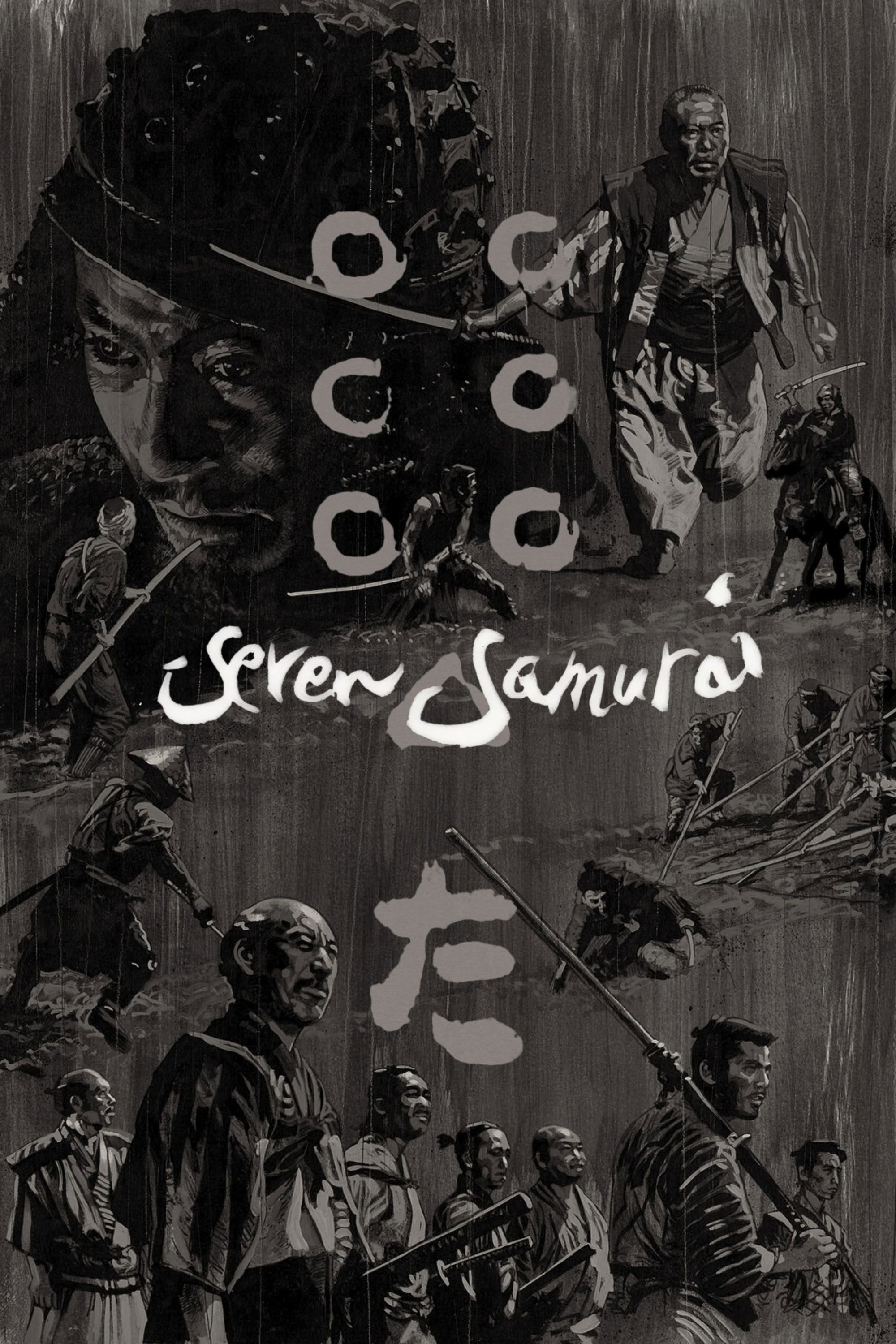
Akira Kurosawa’s film about a group coming together to save a village essentially created the modern team-up movie. It was directly copied in ‘The Magnificent Seven’ and inspired countless other stories – from animated films like ‘A Bug’s Life’ to many TV shows – where a team defends a common place. The idea of gathering experts with different talents is now common in both heist and war movies. Filmmakers also frequently look to this film for inspiration when designing big action sequences, especially when it comes to using locations and weather to build drama.
‘Rashomon’ (1950)

This storytelling technique, where an event is shown through the eyes of multiple characters, has become incredibly common. It first appeared in the mystery genre and has since influenced many TV shows, particularly crime and medical dramas. Courtroom dramas also began using this approach to explore how unreliable memory can affect our understanding of truth. The idea, often called the “Rashomon effect,” has even become a well-known term in everyday conversation and academic discussions.
‘Psycho’ (1960)
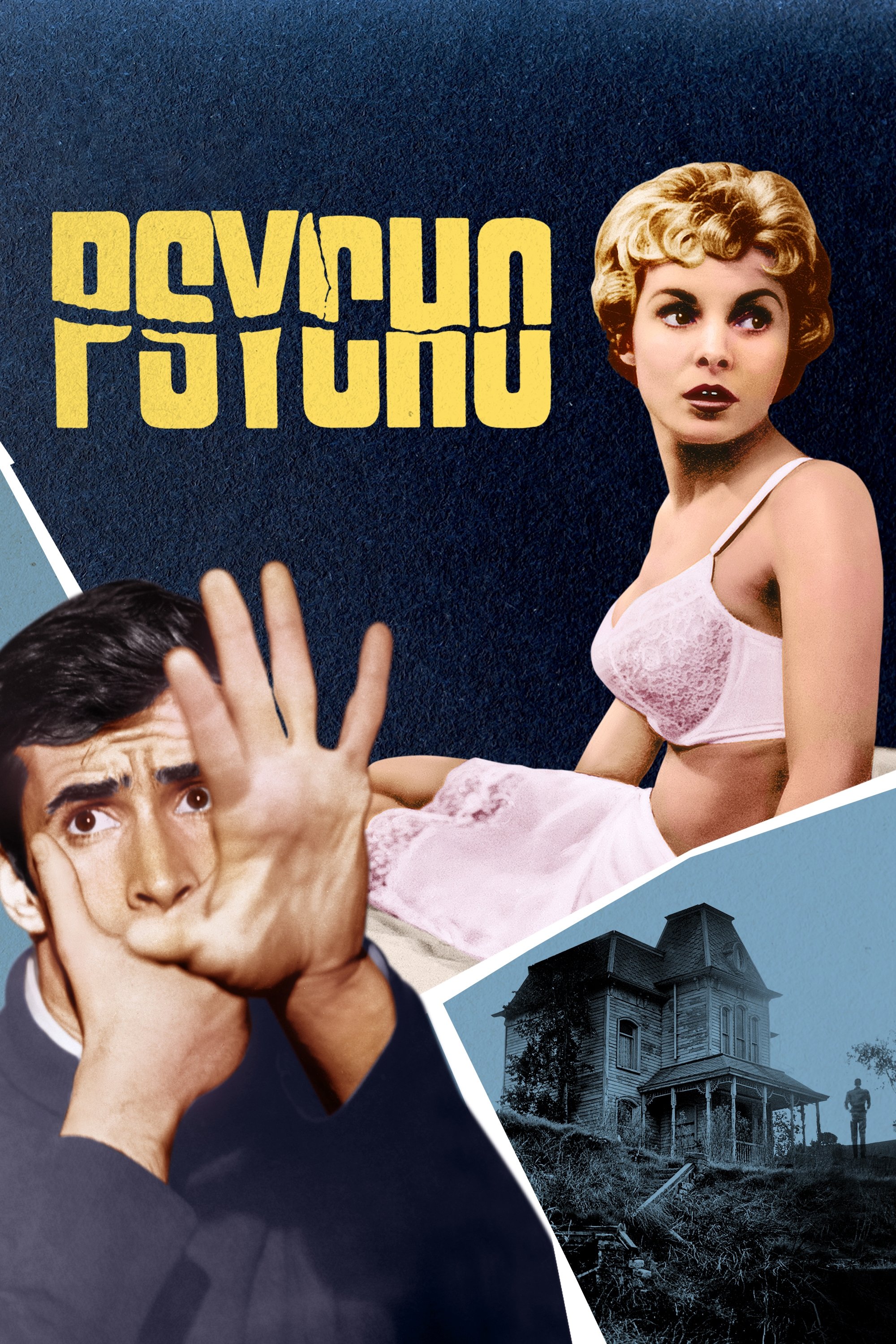
Alfred Hitchcock’s ‘Psycho’ revolutionized how thrillers and horror movies were made and advertised, particularly by keeping plot twists secret. The film’s surprising shift in main characters and its iconic shower scene have been copied and referenced countless times in movies like ‘Dressed to Kill’ and ‘American Psycho,’ as well as in many parodies. The idea of a mysterious killer hiding in a motel inspired a surge of suspenseful and often sensational films. Furthermore, its use of dramatic music and fast editing techniques became a lasting influence on horror filmmaking for years to come.
‘Halloween’ (1978)
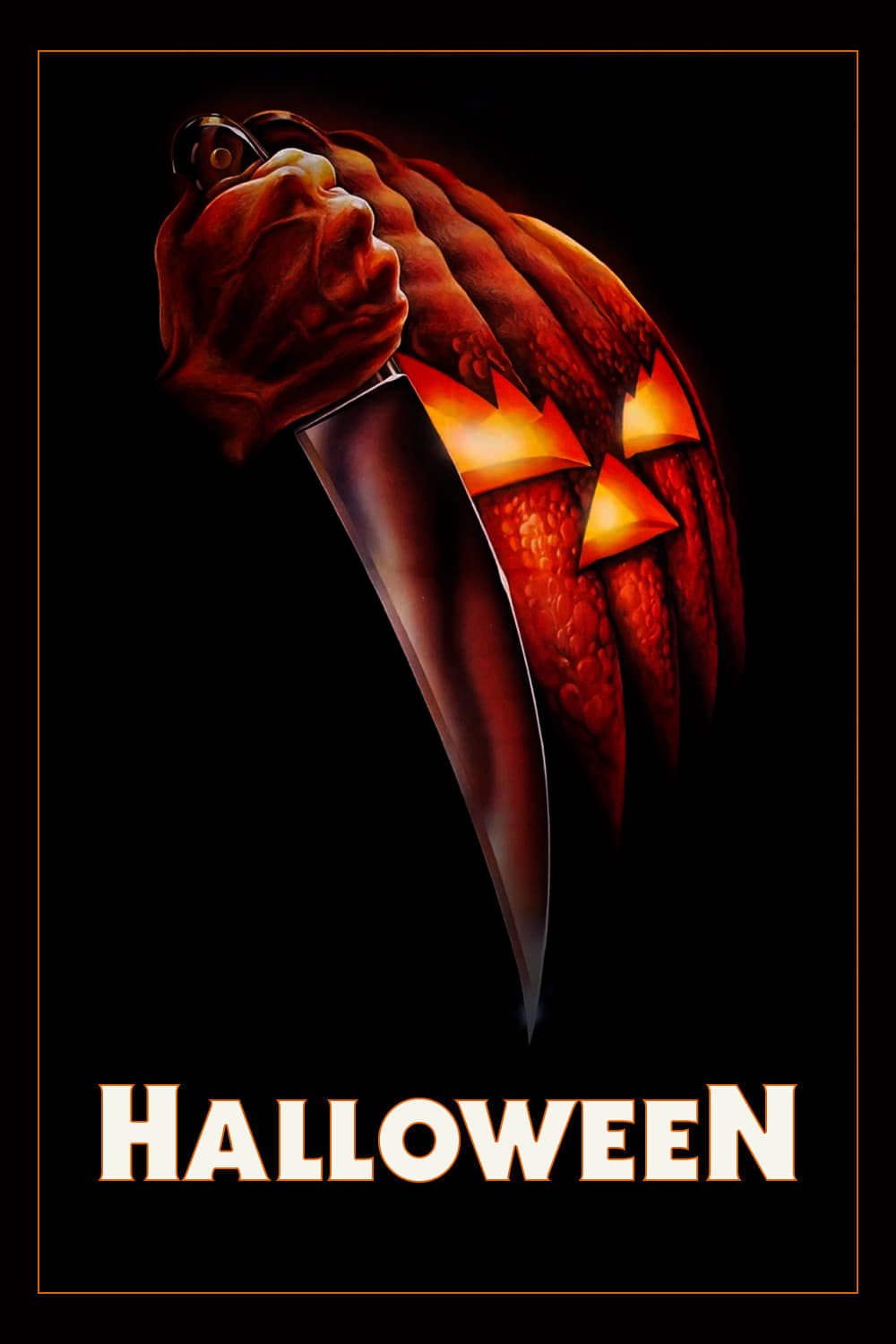
John Carpenter’s ‘Halloween’ essentially created the blueprint for modern slasher films. Many movies, like ‘Friday the 13th’ and ‘Prom Night,’ copied its key elements – a masked killer, a lone survivor, and a holiday setting. The film also popularized specific techniques, such as showing the killer’s perspective and using simple electronic music. Plus, its low-cost production and timing around a specific season inspired other independent filmmakers.
‘Jaws’ (1975)
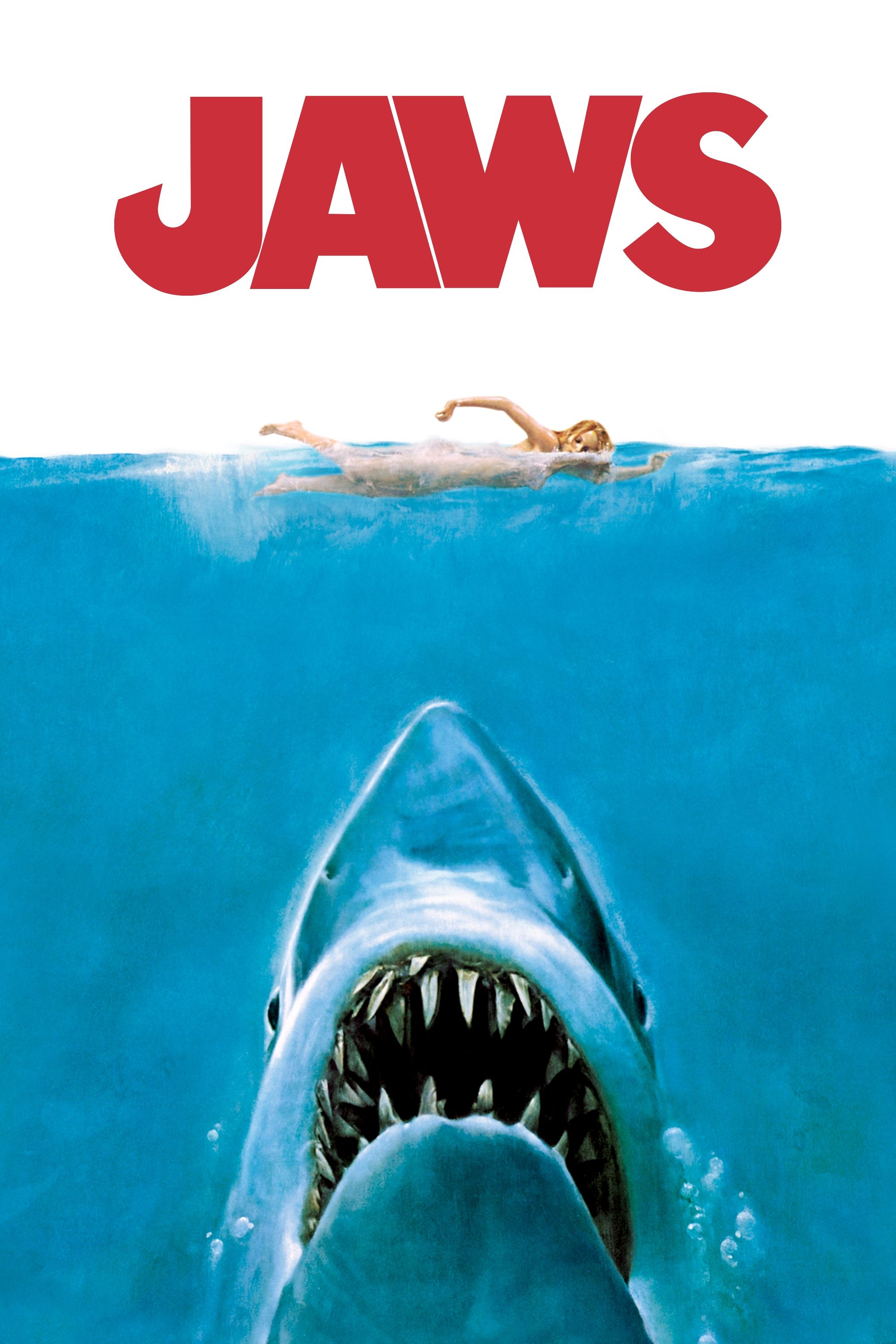
This summer thriller essentially created the formula for big-budget blockbuster success. Movies featuring creatures – like ‘Piranha’, ‘Alligator’, and ‘The Meg’ – owe their suspenseful style to its gradual reveals and the way it portrays a town under attack. Studios began using its strategies for promotion, like releasing teasers, creating merchandise, and launching films nationwide. Even today, filmmakers copy its technique of hinting at danger without showing it directly, to build tension.
‘Star Wars’ (1977)

George Lucas revolutionized storytelling by blending classic myths with the excitement of space adventures, changing how franchises are built. His films inspired the look and feel of countless space movies and shows, with their distinctive worn-future aesthetic, stories of heroes guided by mentors, and thrilling aerial battles. He also pioneered the idea of expanding stories beyond the main films, leading studios to create sequels, side stories, and interconnected worlds across different media. Finally, the visual effects techniques developed for his films became industry standards.
‘Alien’ (1979)

The idea of a haunted house in space really shaped how stories about isolated crews trying to survive are told. You can see its influence in movies like ‘Event Horizon’, ‘Pitch Black’, and ‘Life’, which share similar visuals and build suspense in the same way. The look of the setting – with its metal hallways, motion sensors, and focus on a company’s involvement – became common elements in sci-fi horror. Games and comics also borrowed its blend of technology and a working-class space environment.
‘Die Hard’ (1988)
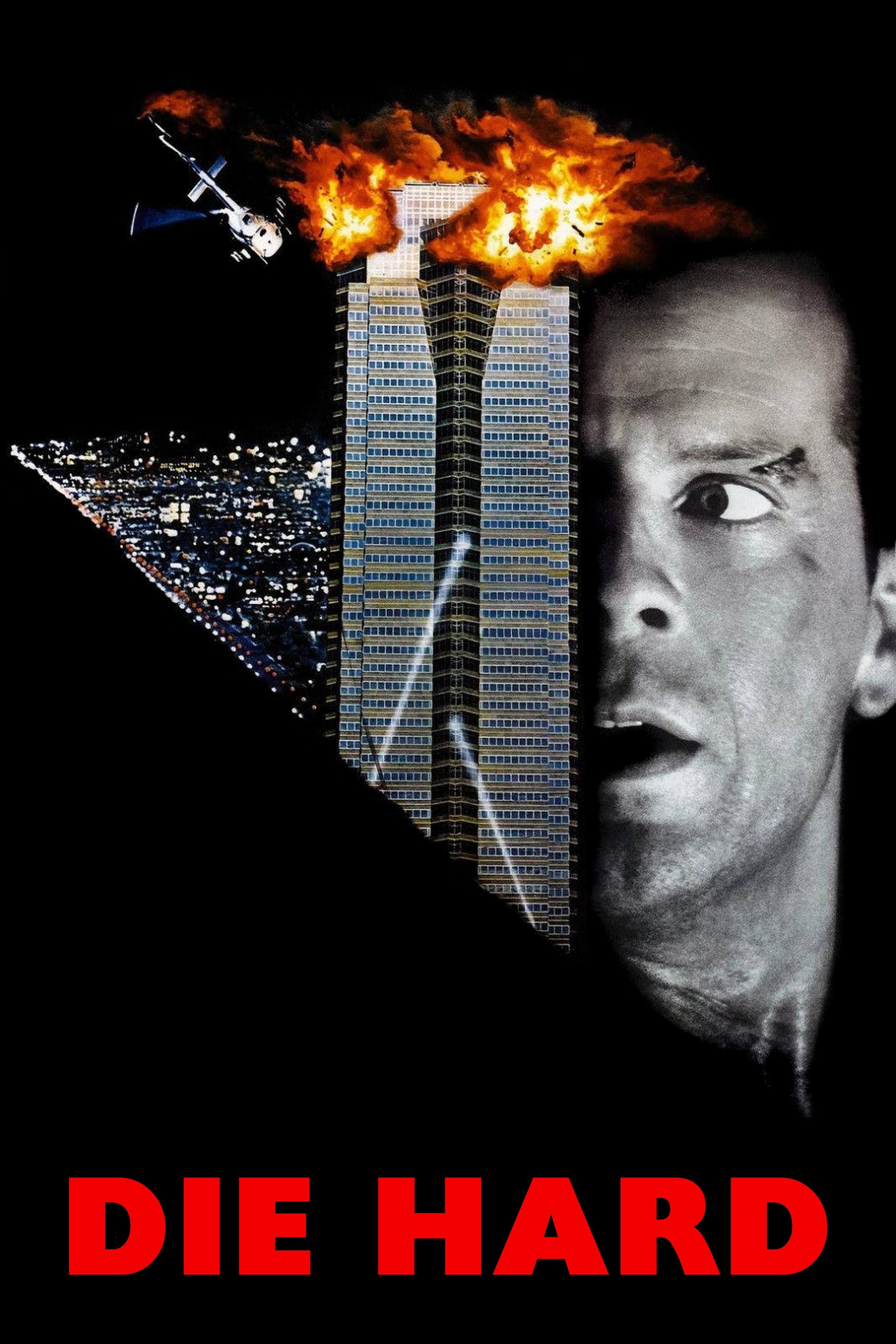
This thrilling movie, set in one location, started a trend in Hollywood. Studios began selling new ideas by comparing them to it – ‘like Die Hard on a bus’ (as with ‘Speed’), ‘on a plane’ (‘Passenger 57’), or ‘on a mountain’ (‘Cliffhanger’). The story of an ordinary hero battling powerful enemies in a limited space proved to be a consistently successful formula. The timing around holidays and the use of increasing tension also became popular elements in action shows on television.
‘The Matrix’ (1999)

The movie’s innovative slow-motion effects and thought-provoking story quickly influenced action films and commercials. Movies like ‘Equilibrium’, ‘Underworld’, and ‘Inception’ adopted its style of gunplay and mysterious hacker themes. Action sequences featuring wirework became common in many Western films, and its distinctive green color scheme and flowing digital code became instantly famous visual trademarks.
‘Groundhog Day’ (1993)

The idea of a time loop has become increasingly common in many kinds of stories. Films like ‘Edge of Tomorrow’, ‘Palm Springs’, and ‘Happy Death Day’ all use the repeating-day concept to create exciting action, charming romances, and scary horror stories. Television shows have also used time loops in individual episodes to give characters fresh starts or to examine different possible outcomes. This structure allows for carefully crafted plots that build tension by slightly changing the same situation each time.
‘The Blair Witch Project’ (1999)

This horror film was a huge success and practically created the style of ‘found footage’ horror we see today. It directly inspired movies like ‘Paranormal Activity,’ ‘REC,’ and ‘Cloverfield’ with its realistic, handheld camera look. The film’s clever online marketing, which used mysterious websites and the idea of missing people, became a model for other horror films. Plus, it showed low-budget filmmakers that they could create effective horror with a small cast, real locations, and dialogue that felt natural and unscripted.
‘Night of the Living Dead’ (1968)

George A. Romero essentially created the rules for modern zombie stories, and those rules have become hugely influential in movies, TV shows, and video games. Ideas like zombies being killed by headshots and stories taking place during sieges – seen in films like ‘Dawn of the Dead’ and ‘28 Days Later,’ as well as the show ‘The Walking Dead’ – all stem from his work. He also pioneered the idea of using horror to make a point about society, which many creators have copied. Because his early films are now in the public domain, it’s been easy for others to borrow from and pay tribute to his style.
‘The Exorcist’ (1973)

This type of story popularized common elements of religious horror, such as Latin rituals and investigators who doubt the supernatural. Many films and shows, from ‘The Omen’ to ‘The Conjuring,’ now frequently use a pattern of medical explanations being challenged by increasingly unsettling supernatural events. The use of unsettling sound—including quiet moments followed by loud noises and sounds designed to bypass conscious perception—became standard practice. The image of a priest standing in a foggy doorway also became a frequently used and recognizable visual trope.
‘Rocky’ (1976)
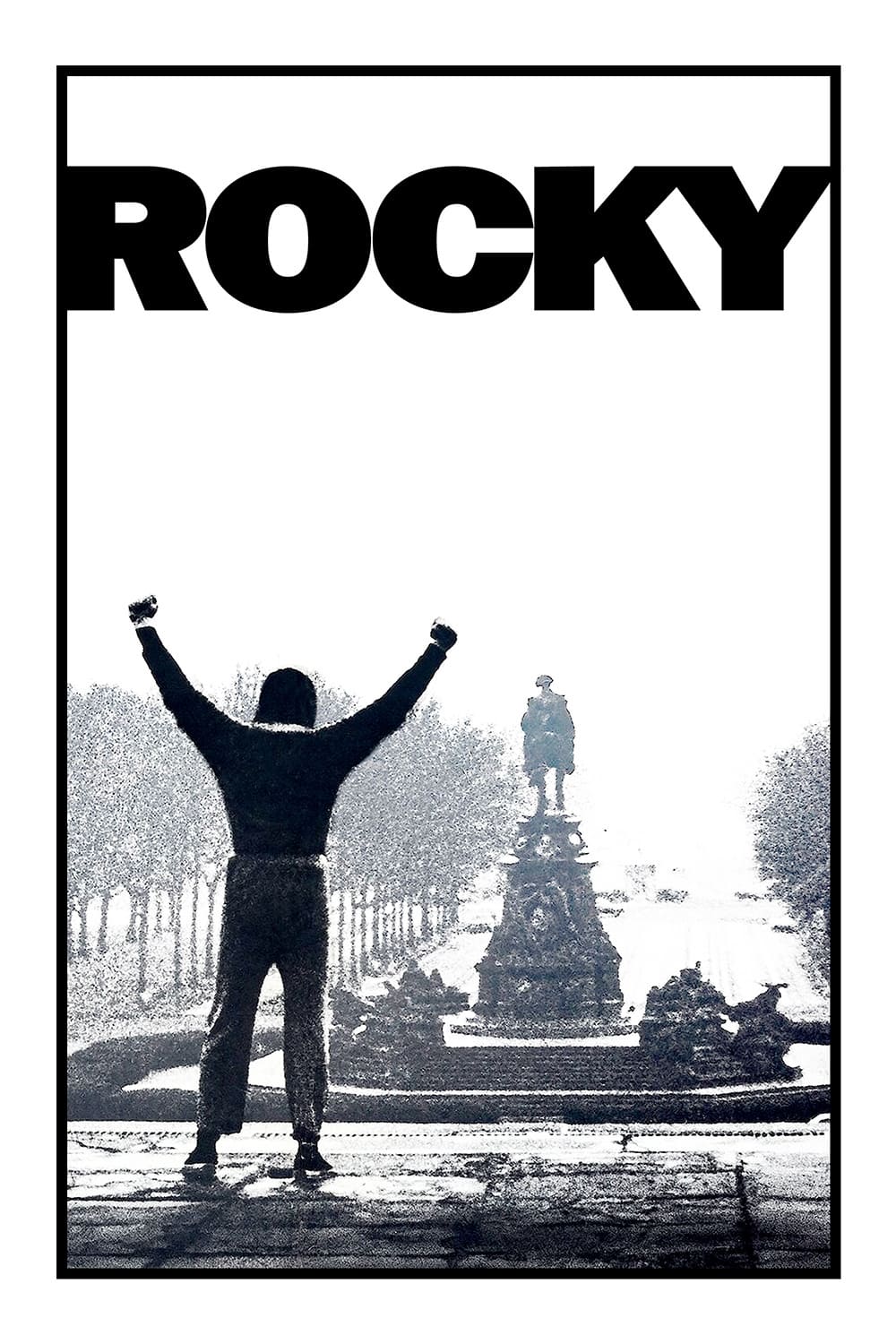
This classic sports movie heavily influenced how training and comeback stories are told. Many films, like ‘The Karate Kid’ and the ‘Creed’ series, as well as boxing biopics, now use its familiar pattern of initial success, a setback, and then a triumphant return. Editors began using its energetic, music-filled montages in other competitive films. The story’s focus on a local setting and the relationship between a mentor and athlete also became common elements in sports movies.
‘Rear Window’ (1954)
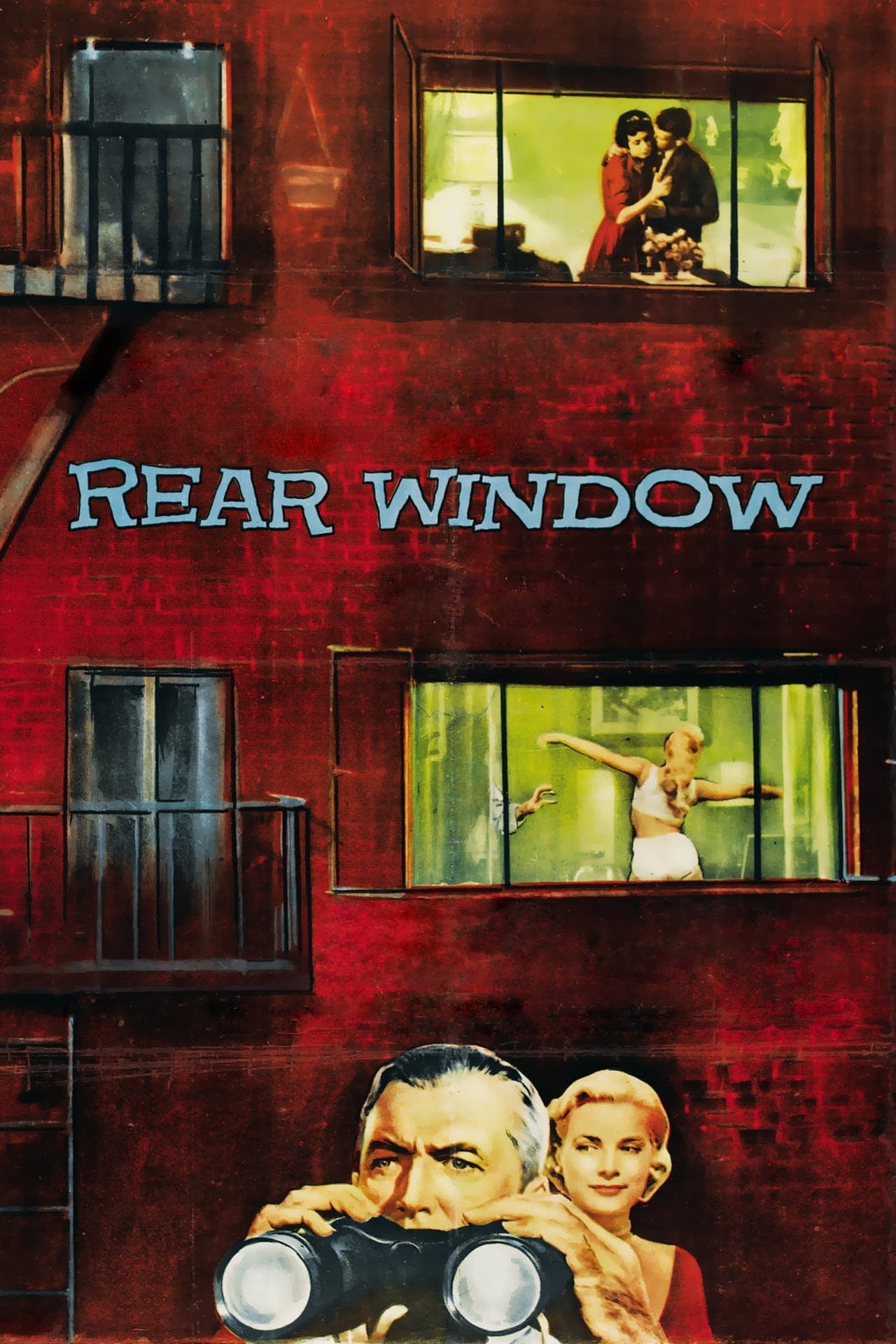
Hitchcock’s film pioneered the idea of a mystery unfolding from a character’s home, and it’s been copied many times. Films like ‘Disturbia’ and ‘The Woman in the Window,’ as well as many TV episodes, use similar setups focused on watching and being watched. Filmmakers often borrow the concept of observing from a fixed location to create related storylines. The way the film uses the camera to mimic binoculars has become a common technique in thrillers, influencing how they portray perspectives and surveillance.
‘The Bourne Identity’ (2002)
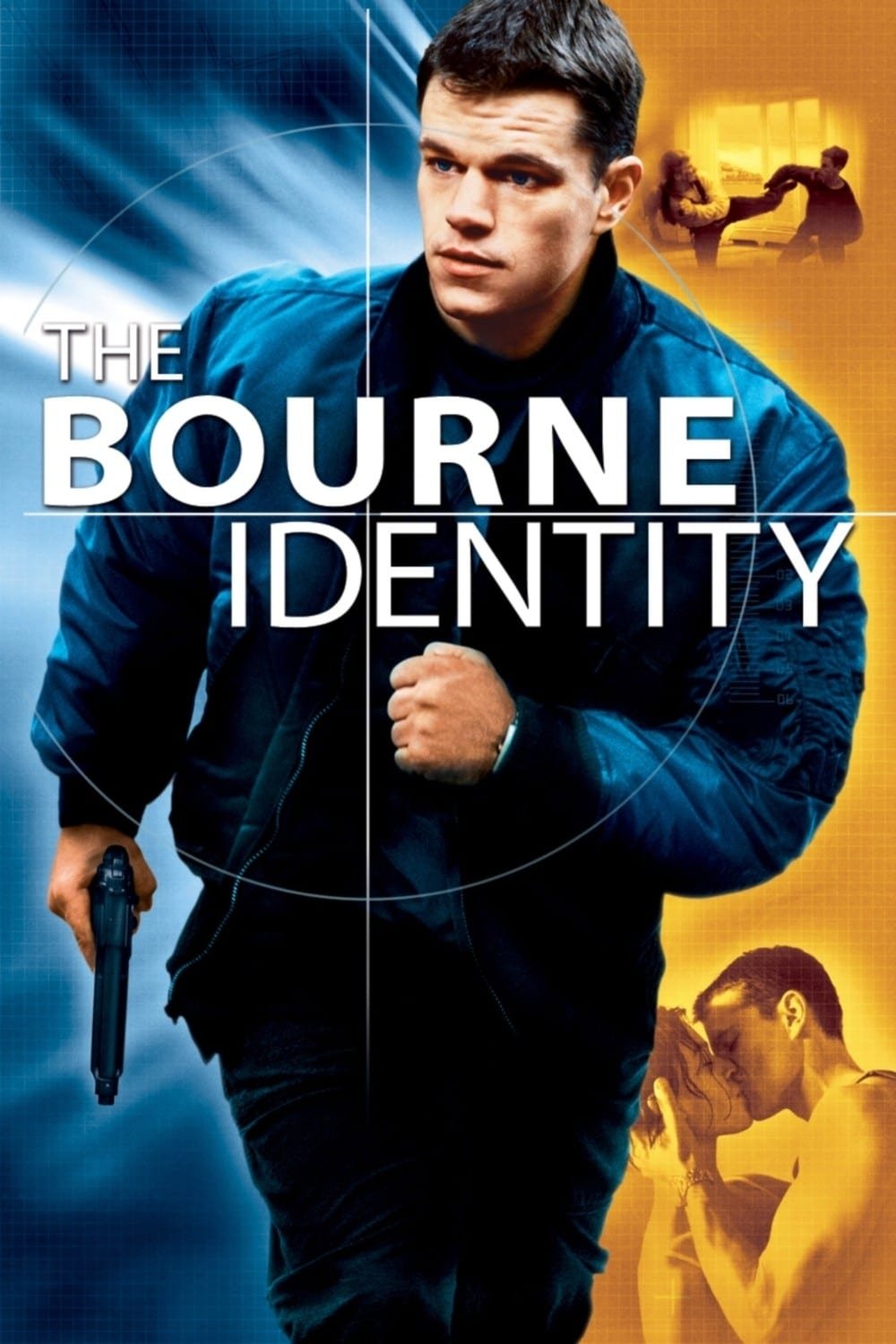
This spy film revitalized the action genre with its use of handheld camerawork and realistic stunts. Other films, like ‘Casino Royale’ and ‘Taken,’ quickly copied its style of intense, close-up fight scenes, frequent location changes, and the trope of an operative with memory loss. It shifted the focus of spy movies away from elaborate gadgets and toward more realistic, grounded espionage. Editors began using quicker cuts, and sound designers emphasized immersive, realistic sound effects.
‘Battle Royale’ (2000)
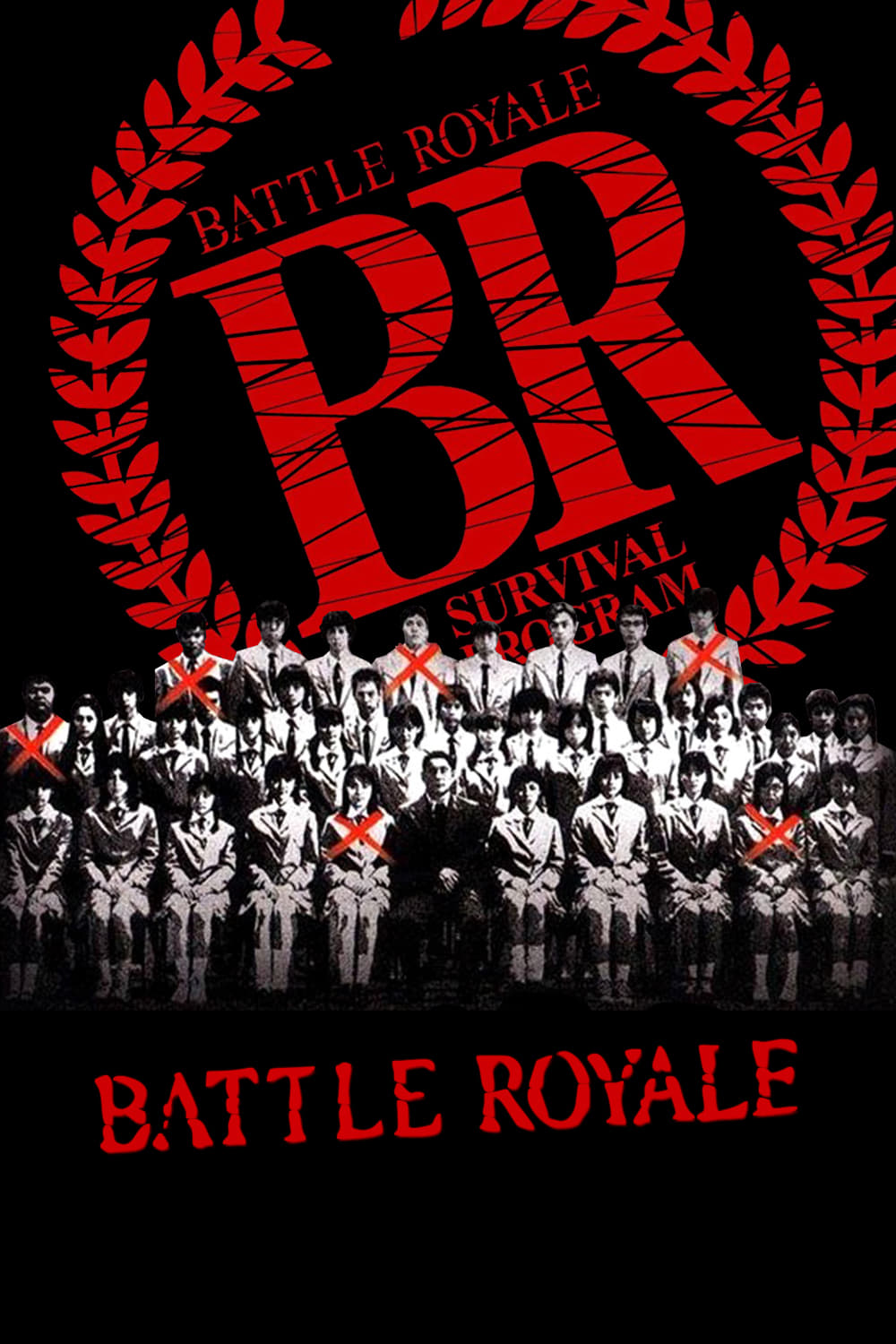
The idea of a deadly competition heavily impacted how survival stories were told in movies, TV, and video games. ‘The Hunger Games’ popularized this concept for a wide audience, and many other shows and games began using similar rules and exploring similar themes of social inequality. Distinctive costumes, like numbered uniforms and explosive collars, quickly became a recognizable symbol of this type of story, often focusing on young people fighting within a system of class differences.
‘Mad Max’ (1979)

The gritty world of post-apocalyptic road battles heavily influenced action movies set in desert landscapes. We see its impact in films like ‘The Book of Eli’ and ‘Turbo Kid,’ as well as numerous music videos, through their use of makeshift vehicles, rugged clothing, and wandering groups. Stunt performers around the globe are inspired by its exciting car chases and realistic crashes, while set designers continue to recreate its junkyard aesthetic and the desperate struggle for fuel.
‘Pulp Fiction’ (1994)

The film’s unique, non-linear structure and interwoven crime stories quickly became popular among independent filmmakers. Movies like ‘Go’ and ‘Amores perros’ copied its style, using snappy dialogue, well-placed music, and intriguing plot devices like mysterious briefcases. We also started seeing more films with anthology formats – stories linked by title cards and circular narratives – at film festivals. Even the film’s visual style, featuring retro suits and diner scenes, began to influence how movies were presented.
‘The Godfather’ (1972)
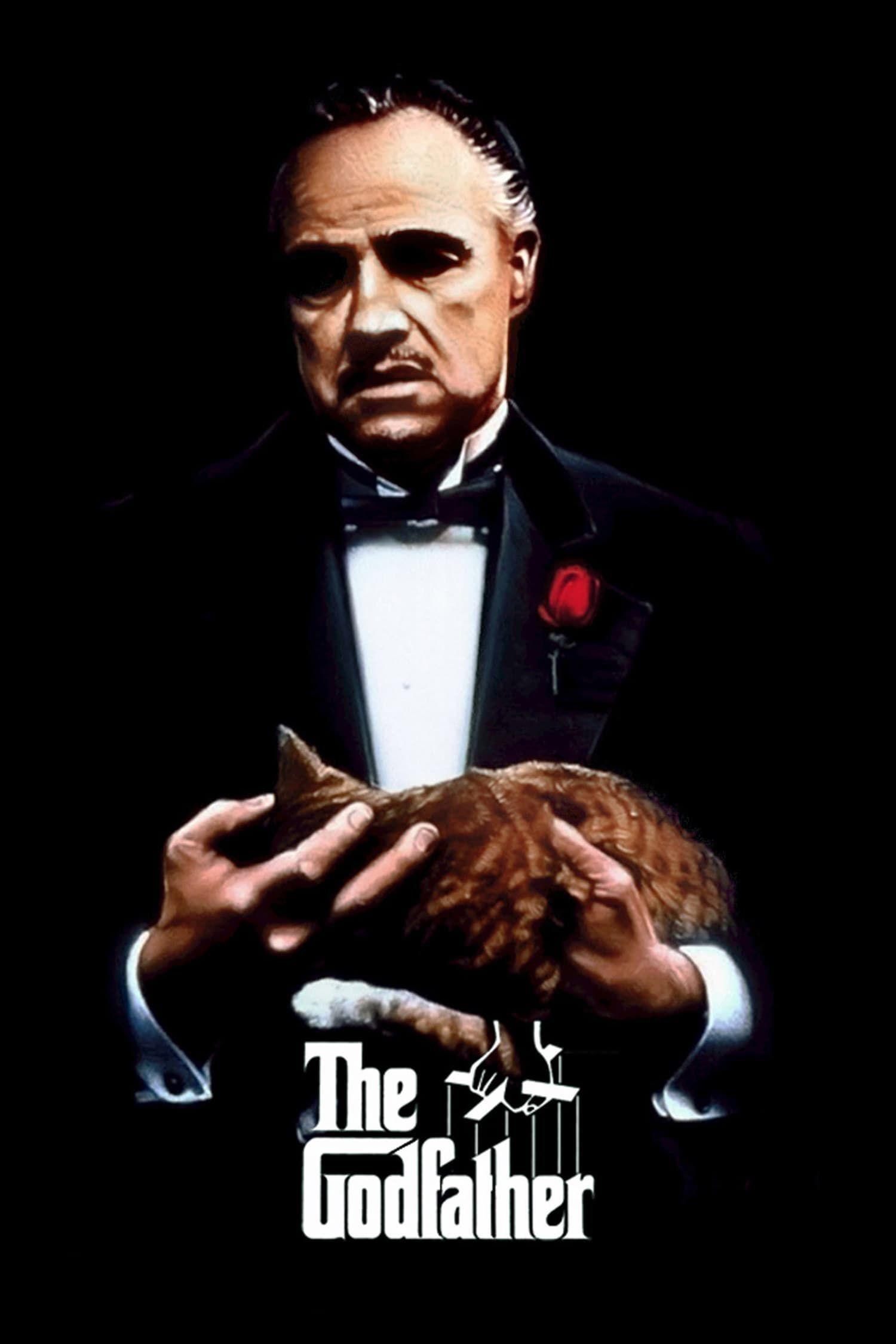
This groundbreaking crime film defined the modern mafia story. Shows like ‘The Sopranos’ and movies like ‘Scarface’ and ‘A History of Violence’ all borrowed from its themes of loyalty, becoming a member, and power struggles within the family. It also influenced the way these stories looked, with filmmakers copying its use of shadowy settings, secret meetings, and symbolic rituals. Even the way characters talk – making offers, asking for favors, and discussing family business – became a common trope in the genre.
Share your own picks for the most copied movies in the comments.
Read More
- Bitcoin’s Ballet: Will the Bull Pirouette or Stumble? 💃🐂
- Can the Stock Market Defy Logic and Achieve a Third Consecutive 20% Gain?
- Dogecoin’s Big Yawn: Musk’s X Money Launch Leaves Market Unimpressed 🐕💸
- Deepfake Drama Alert: Crypto’s New Nemesis Is Your AI Twin! 🧠💸
- LINK’s Tumble: A Tale of Woe, Wraiths, and Wrapped Assets 🌉💸
- SentinelOne’s Sisyphean Siege: A Study in Cybersecurity Hubris
- XRP’s Soul in Turmoil: A Frolic Through Doom & Gloom 😏📉
- Binance’s $5M Bounty: Snitch or Be Scammed! 😈💰
- Ethereum’s $140M Buy: Will It Save Us? 😱
- ADA: 20% Drop or 50% Rally? 🚀💸 #CryptoCrisisComedy
2025-11-12 16:49